Scheme would address eight areas of production covering the entire culture cycle
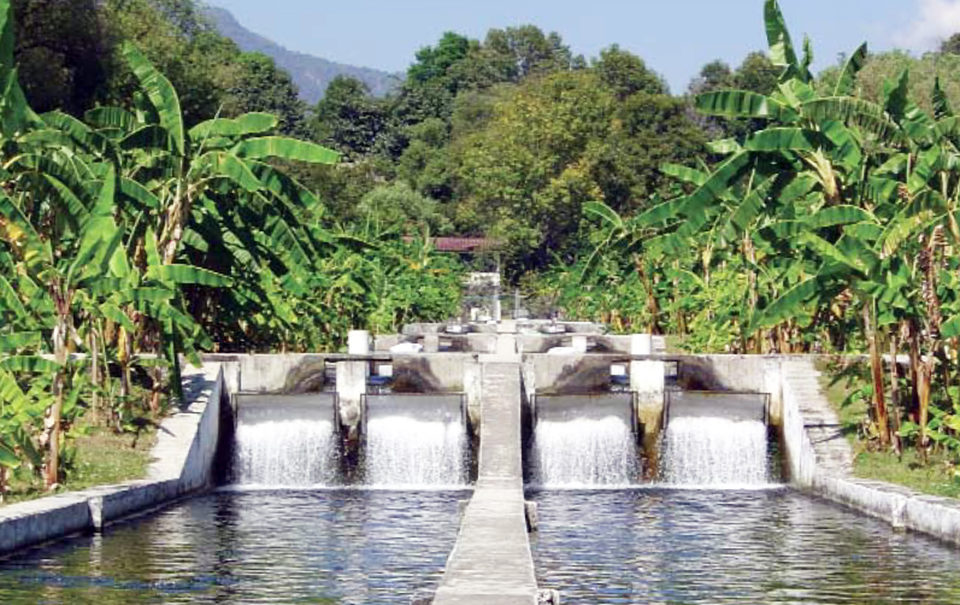
Over 130 species of fish are currently cultured around the world, representing more than half of the total global aquaculture production. Due to the wide range of species and technologies used in finfish production, it is essential to have guidelines for procedures that guarantee food safety.
Such best management practices (BMPs) for aquaculture are a series of procedures that direct farmers in complying with the demands of consumers and regulatory agencies to prevent possible public health problems derived from the consumption of aquaculture products.
Food safety in fish culture
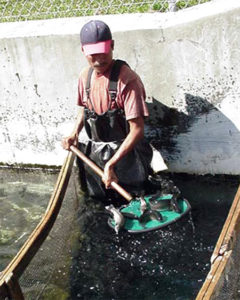
Food safety guidelines related to cultured fish are directed primarily toward avoiding biological hazards such as bacteria, viruses, parasites, and biotoxins, and chemical hazards that include veterinary drugs and agricultural and industrial chemicals.
In the case of farmed rainbow trout, no biological hazards are considered if the product is intended to be cooked before consumption. However, chemical hazards related to pesticides, heavy metals, or veterinary drug contamination have been identified with the species.
The following proposed BMPs for the culture of rainbow trout address eight areas of fish production that cover the whole culture cycle, from the production of eggs and fry to harvest. In implementation, all farm personnel must of course be made aware of the importance of BMPs and trained to properly apply them.
Site selection, farm design
Farms must be located in areas where the possibility of contamination from biological and chemical hazards is minimal, and any possible contamination sources can be controlled.
BMP principles recommend that all important physical and chemical water parameters related to trout growth be monitored during the whole culture cycle. Farm design must allow control of water sources and adequate water management in which mixing of incoming and discharged water is avoided. In addition, farms must have production areas with drainage systems separated from sanitary or processing facilities to avoid the spread of any contamination that might originate from these areas.
Water quality
Water contaminants must be identified and monitored for intensity and frequency. This information must be compared with the maximum limits permitted for each contaminant to determine potential risks for fish and human health. The implementation of a regular water-sampling program is recommended.
Sources of eggs, fry
Most important fish diseases in rainbow trout farms originate from the introduction of contaminated eggs or fish from other sites. Trout production operations must obtain eggs and fry that are certified free of biological and chemical hazards. Adequate handling and disinfection must also be applied prior to stocking.
For chemicals used for disinfection, adequate protocols and record keeping must be utilized. It is also important to observe protocols related to the importation, transport, and quarantine of live aquatic animals to avoid the spread of diseases.
Feed management
BMPs must be applied in both the manufacturing of feeds and their use at farms. Industrial feed plants supplying feed to trout farms must follow the recommendations of the Code of Practice of Good Animal Feeding.
Ingredients in aquaculture feeds should not contain residual pesticides, toxins originated from microorganisms, or any other chemical contaminants. All ingredients, pigments, additives, and chemicals in feeds must be officially permitted for use in animal feed production. Feeds must be adequately labeled and include composition descriptions. Feed composition must meet the nutritional requirements of the different life stages of the fish.
Once feed arrives at a farm, it should be stored in a dedicated room with dry and cool conditions to avoid spoilage and contamination. Feed should be rotated so that the first feed to arrive is the first used. Batch numbers and feed amounts must be recorded to allow traceability in case any problems with contamination arise.
Disease prevention
Most activities related to the prevention of diseases also promote the quality of the final fish product. Adequate management of physical and chemical parameters and appropriate handling help reduce fish stress, which in turn reduce the appearance of diseases and avoid the use of veterinary drugs.
Knowledge of appropriate culture techniques can help avoid fish heath problems. For example, maintaining fish density according to fish size, farm carrying capacity, and expected biomass at harvest is closely related to feed management and water quality.
Sanitation criteria
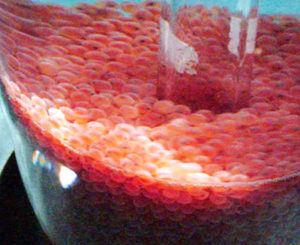
BMPs indicate the use of disinfection systems at farm entrances and in production areas sensitive to biological contamination to avoid the entrance of pathogens. The control of all entering persons, equipment, materials, and vehicles is necessary. Farms should be enclosed by fences that stop the entrance of domestic or wild animals, which are possible sources of contamination.
Permanent sanitation programs with regular cleaning and disinfection of equipment and areas of fish production should include the recording of chemical use. Such programs should also record disease-monitoring data, corrective actions, and verification of procedures during the production cycle.
Disposal of dead fish and other biological materials must be done in a hygienic manner to avoid the propagation of diseases. Local regulations should be observed during the disposal of any materials.
Chemicals, veterinary drugs
The control of chemical and veterinary drug use in aquaculture operations ensures the absence of these substances in the fish at harvest. In the selection of veterinary drugs, consideration must be given to relevant use limitations or prohibitions as well as efficiency to treat disease.
All chemicals used at farms must be approved by appropriate authorities, and farmers must follow national and international guidelines. Responsible chemical use keeps in mind food safety, personnel security, and possible damage to the environment.
The application of drugs must be done after adequate disease diagnosis by a certified veterinarian, who must be responsible to observe adequate withdrawal periods for each drug. Records must be kept for the use of any veterinary drugs at farms.
Harvest
Although unlikely to be a potential hazard, the quality of fish flesh can be affected by physical damage or unnecessary stress during harvest. Fish contact with hot or dirty surfaces must be avoided. Sanitation criteria must also be applied during fish harvest by keeping all equipment clean and disinfected and in good condition. Such equipment should preferably be made of noncorrosive materials.
(Editor’s Note: This article was originally published in the December 2005 print edition of the Global Aquaculture Advocate.)
Now that you've reached the end of the article ...
… please consider supporting GSA’s mission to advance responsible seafood practices through education, advocacy and third-party assurances. The Advocate aims to document the evolution of responsible seafood practices and share the expansive knowledge of our vast network of contributors.
By becoming a Global Seafood Alliance member, you’re ensuring that all of the pre-competitive work we do through member benefits, resources and events can continue. Individual membership costs just $50 a year.
Not a GSA member? Join us.
Authors
-
Armando García-Ortega, Ph.D.
CIAD Unidad Mazatlan
Apdo. Postal 711
C.P. 82010 Mazatlán
Sinaloa, Mexico -
Omar Calvario-Martínez, Ph.D.
CIAD Unidad Mazatlan
Apdo. Postal 711
C.P. 82010 Mazatlán
Sinaloa, Mexico
Tagged With
Related Posts
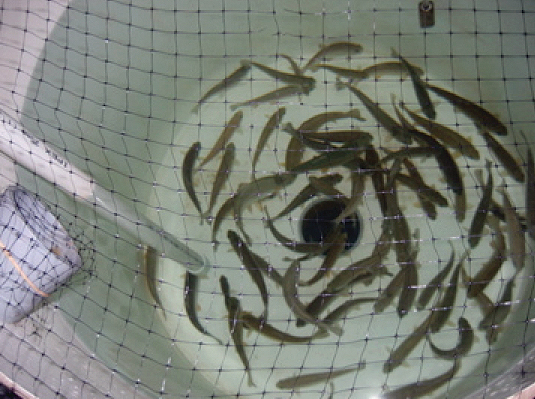
Health & Welfare
Algae shows promise as alternative DHA source in rainbow trout diets
A growth trial in Canada evaluated the use of algae biomass to increase the concentration of long-chain polyunsaturated fatty acids in the tissues of rainbow trout.
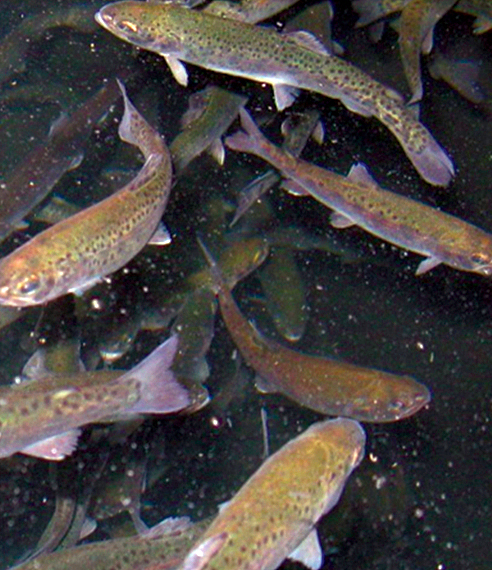
Aquafeeds
Alternative lipids spare fish oil in rainbow trout feeds
Alternative lipids have achieved varied success in ensuring adequate growth and fatty acid composition in fillets. The authors evaluated rainbow trout raised on diets containing fish oil or a blend of fish and standard or modified lipids varying in fatty acid composition.
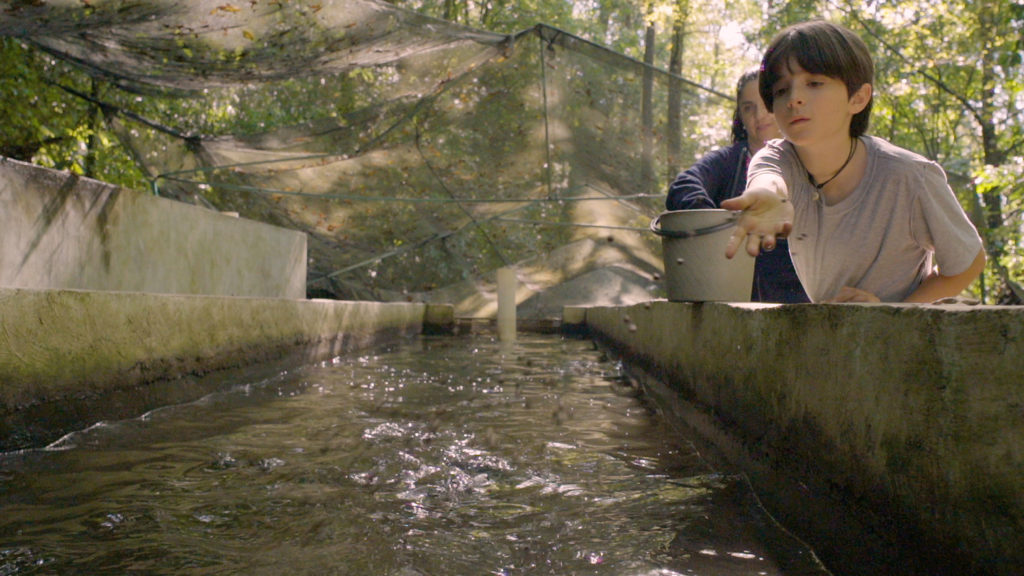
Intelligence
A motive, and a market, for farmed fish in Mexico
Boasting ample areas for aquaculture and a robust domestic demand for seafood – not to mention its close proximity to the U.S. market – a land of opportunity lies in Mexico. Fish farming is primed to meet its potential south of the border.
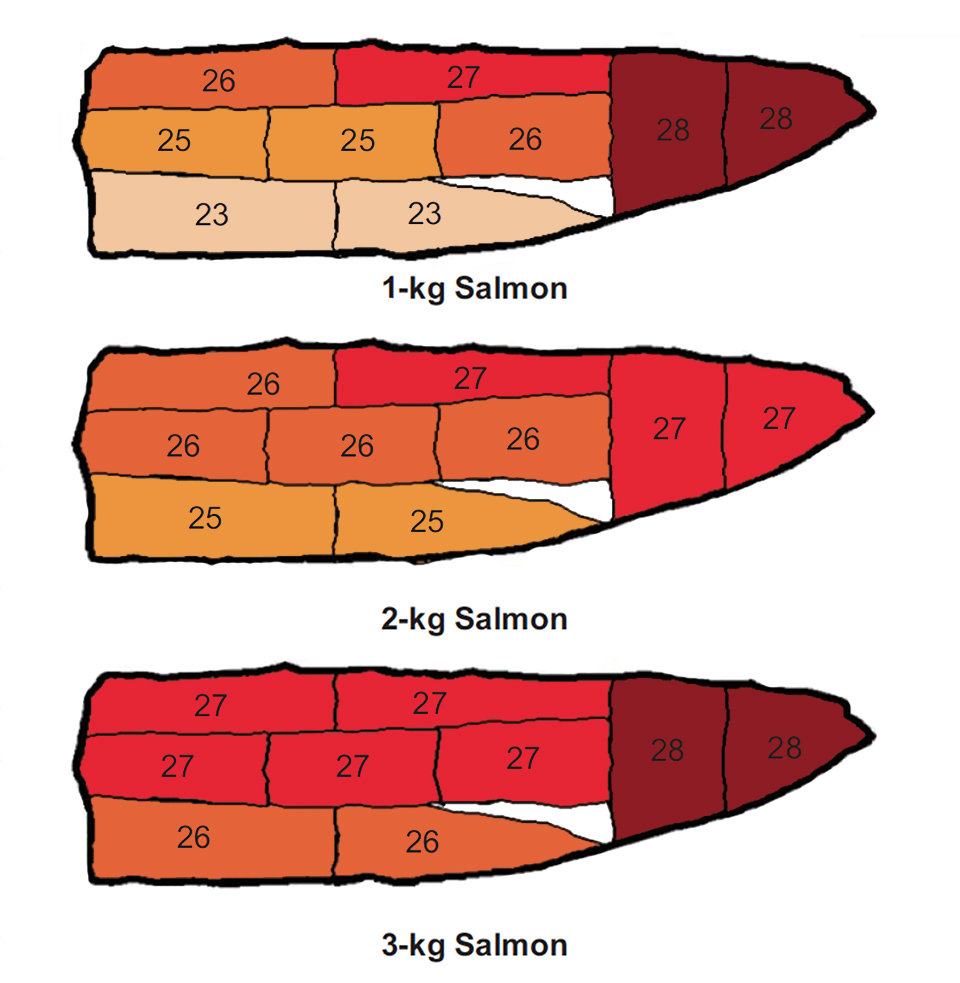
Intelligence
‘Quality map’ for coho salmon fillets identifies color, lipid distribution
In research on coho salmon fillets, muscle astaxanthin level, color, and hardness generally increased from the anterior toward the caudal zone of the fish.


